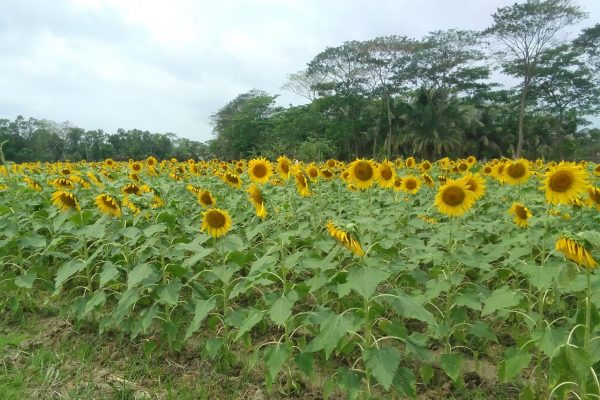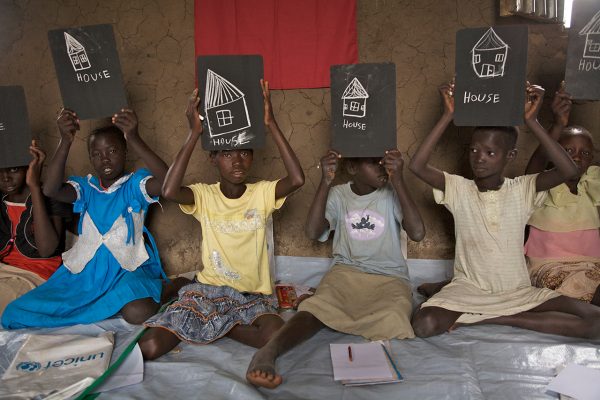Reading Time: 2 minutes
Let us take the recent Rohingya crisis in Bangladesh- dubbed as the world’s fastest growing humanitarian crisis- as a case to see why and how BRAC can be a model for the localisation in humanitarian response.
The idea of localisation was first reinforced at the first World Humanitarian Summit in 2016, when government delegates, donors, philanthropists and civil society organisations committed to a package of reforms to strengthen humanitarian financing. In what is the known as the Grand Bargain, civil society organisations demanded that at least 25% of humanitarian funding should directly go towards local and national organisations.
Localisation, very simply, means strengthening systems, procedures and capacities of local governments, the first responders (which include volunteers, fire service, civil defense and armed forces), civil society organisations and state authorities, so that they can respond to disasters, manage crisis and play a significant role to building back better.

Kutupalong, Cox’s Bazar. Photo credit: BRAC/Kamrul Hasan
Is localisation a new thing for BRAC? The answer is no. BRAC offers some powerful lessons on localisation which other countries can easily learn from and replicate. Let us take the recent Rohingya crisis in Bangladesh- dubbed as the world’s fastest growing humanitarian crisis- as a case to see why and how BRAC can be a model for the localisation in humanitarian response.
When the forcefully-displaced Myanmar nationals started to arrive in Cox’s Bazar, BRAC, along with local governments, volunteers and philanthropists, was able to reach a large population within a very short time. Why? Because BRAC is a Bangladesh-based organisation with dedicated human resources and programmes all over the country, and years of experience with the Rohingya community. BRAC has always invested in building local leadership, and has been able to build a long-term response approach. BRAC has proven development models targeting the most vulnerable and marginalised groups in Bangladesh and the 10 other countries it works in, and these models were adapted for crisis situations, reaching a large group of people rapidly.
BRAC’s ability to respond to the Rohingya crisis in Bangladesh is a case in point- that strengthening localisation works better than surge capacity building. Globally, ‘surge’ means the swift deployment of specialised humanitarian personnel from central offices to a country or region facing an emergency, disaster or force majeure. Strengthening surge capacity has been a key agenda for donors in the last one decade.
Surge capacity does have a tremendous value in large crisis or disasters, however, strengthening localisation has a more significant impact in the long run, as proven through BRAC’s work in the Rohingya settlements in Cox’s Bazar.

Copyright: BRAC/Kamrul Hasan
Based on our learnings in Bangladesh, BRAC has started to build local capacity on emergency response in three other countries – Myanmar, Uganda and Sierra Leone, with support from Bill and Melinda Gates Foundation. There is only one goal– to strengthen localisation in order to foster effective preparedness for humanitarian response and build resilience.
Although there are considerations to build BRAC’s own surge capacity to respond to disasters even in countries outside its operations, the Rohingya case proves that localisation is the proven frontier for BRAC and it can be a model for others. Investments to strengthen localisation could be our most appealing point, nationally and globally, as we have powerful evidences for donors, foundations, CSRs and philanthropists from around the world.
Shashanka Saadi is the head of emergency response programme at BRAC International.





